- 1. Coimbra University
- 2. Conimbriga
- 3. Machado de Castro Museum
- 4. Santa Cruz Monastery
- 5. Old Cathedral
- 6. Portugal dos Pequenitos
- 7. New Cathedral
- 8. Santa Clara-a-Velha Monastery
- 9. Santa Clara-a-Nova Monastery
- 10. Botanical Garden
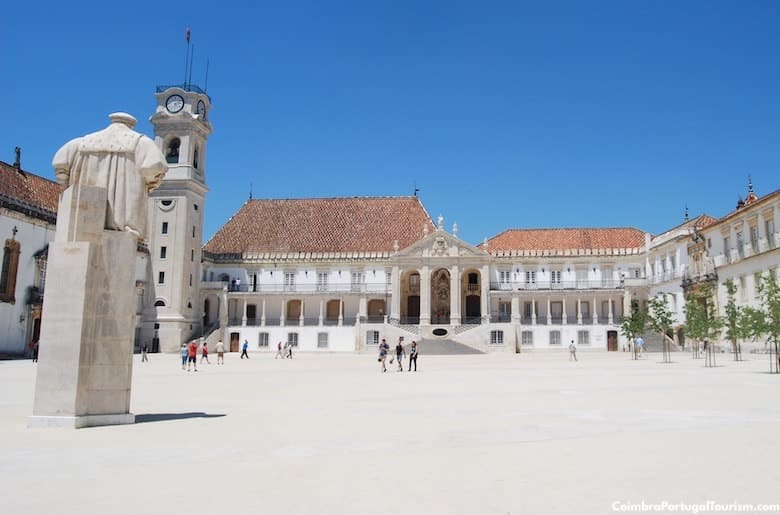
One of only five universities in the world listed as a World Heritage Site, Coimbra University is also one of the oldest on the planet. It hides what is recognized as one of the world’s finest libraries, which was a gift of King João V in the early 1700s, filled with 300,000 books displayed around an extravagant display of gilt. Also golden is much of Capela de São Miguel, an ornate chapel with a brightly-painted ceiling, while another room that may be visited is the Sala dos Capelos (Graduates’ Hall), once used as an examination room and decorated with portraits of Portugal’s kings. The admission ticket includes visits to its surprising and fascinating museums of science and natural history.
See the Coimbra University Guide.
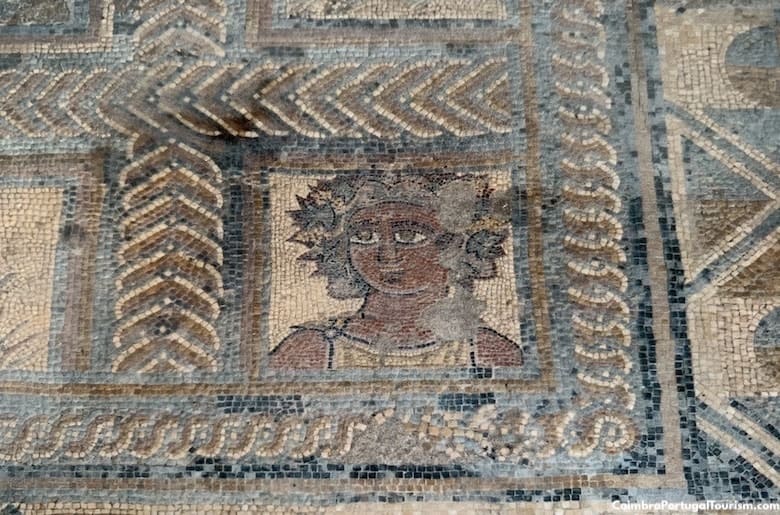
Portugal’s largest Roman site is just 25 minutes outside Coimbra, and is remarkable for having some of the best-preserved mosaics in Europe. Conimbriga was once a rich Roman town, but was abandoned after the invasion of Germanic tribes in the 5th century (a small but informative museum tells the history and daily life of the place). Besides the mosaics (the most extraordinary of which show the four seasons and hunting scenes), the most eye-catching features are the pond-gardens and fountains.
See the Conimbriga Guide.
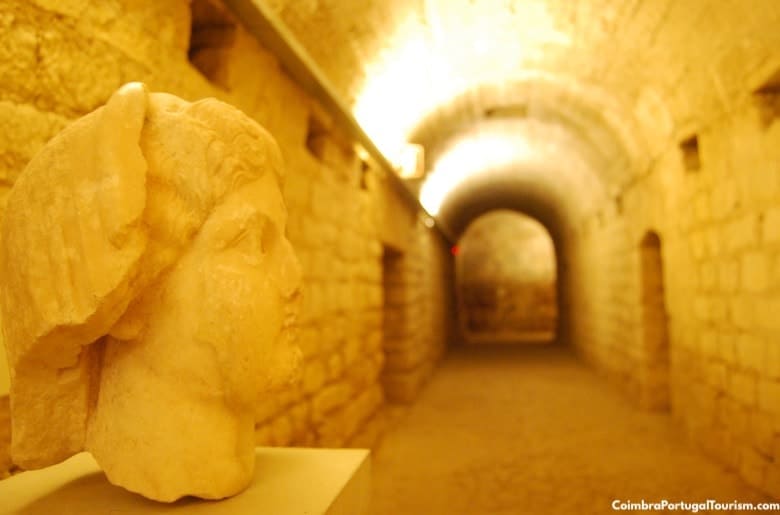
Down the street from the university is the former bishop’s palace, which is now one of Portugal’s most important museums. Its collection of sculptures from the 14th to the 16th centuries stands out, but the vaulted passageways underneath it (that survive from the city’s Roman occupation) is the highlight, and it alone would be enough to make a visit here worthwhile.
See the Machado de Castro Museum Guide.
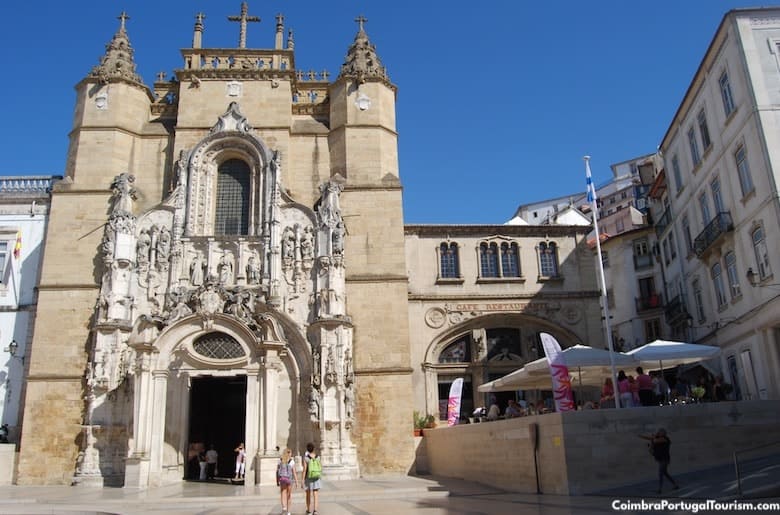
This 12th-century monastery was the reason why the university was established in Coimbra, as it was long known as a school and center of culture (St. Anthony was its most famous student). Behind the sculpted façade are the elaborate Gothic tombs of Portugal’s first two kings (in the church’s chancel), while the cloister is one of the purest examples of Manueline (Portuguese Gothic) architecture. Next door is Café Santa Cruz, a landmark coffee shop in a former chapel, preserving a high-vaulted ceiling, stained-glass windows and wood paneling.
See the Santa Cruz Monastery Guide.
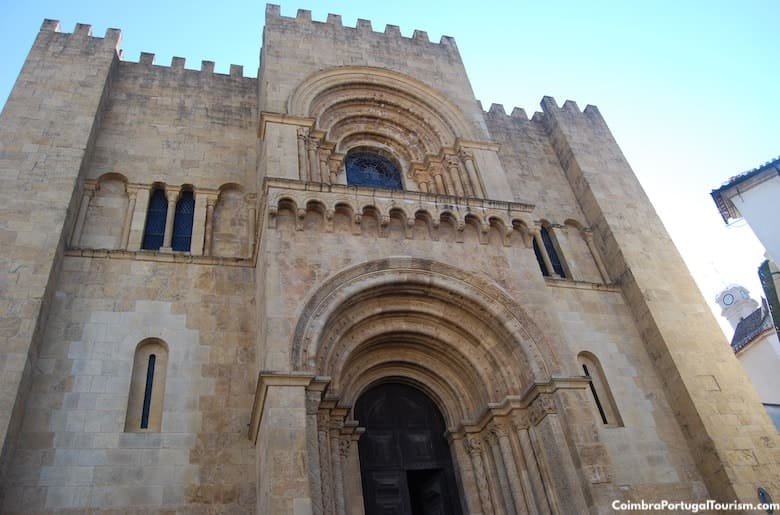
This fortress-church was the city’s first cathedral, built in the late 1100s. It’s only been slightly altered over its nine centuries, and therefore remains one of the greatest examples of Romanesque architecture in Portugal. The majesty of the interior only changed in the 1500s, with the addition of a gilded altarpiece.
See the Old Cathedral Guide.
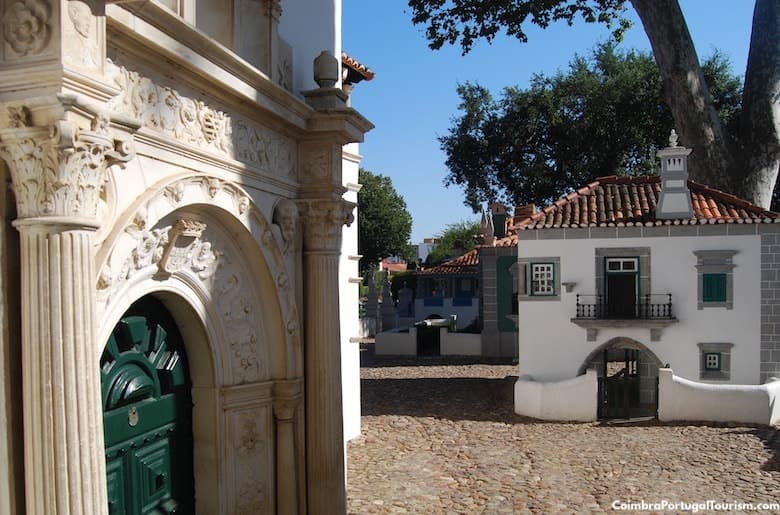
This tiny open-air theme park is a small tour of Portugal through the country’s main landmarks, built to the scale of 5-year-olds. Part of the fun is posing for photos creating the illusion of giants standing next to monuments and inside homes. While meant as a family attraction, adults will enjoy the experience on their own.
See the Portugal dos Pequenitos Guide.
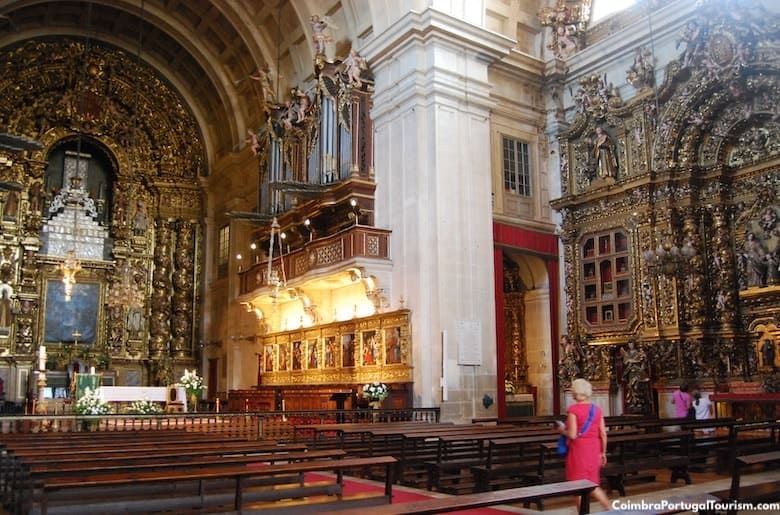
A Jesuit church from 1598 became Coimbra’s most important building when it was made a cathedral in 1759. The choir stalls and a Manueline font were brought from the old cathedral, but splendid baroque altarpieces cover the new interior.
See the New Cathedral Guide.
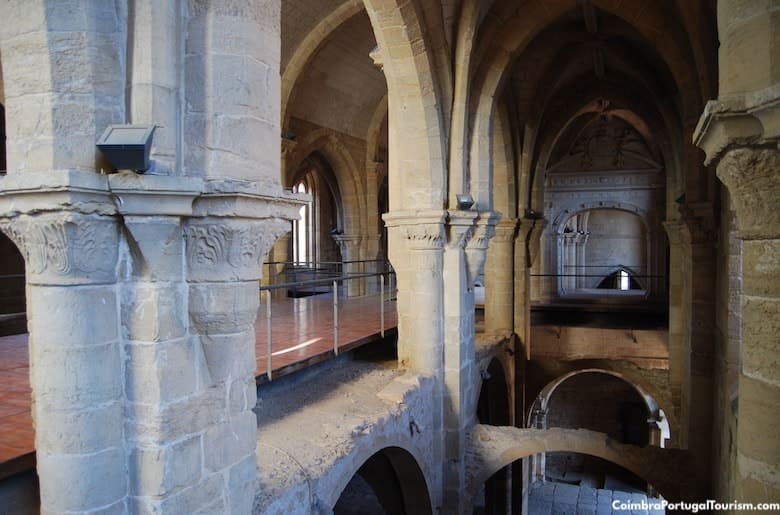
Two decades of careful renovation brought these Gothic ruins back to life. It’s an old monastery founded in 1330, that had been sinking by the river since the 17th century. A museum now explains its past and the impressive renovation work through film, and it’s possible to walk around the atmospheric ruins.
See the Santa Clara-a-Velha Monastery Guide.
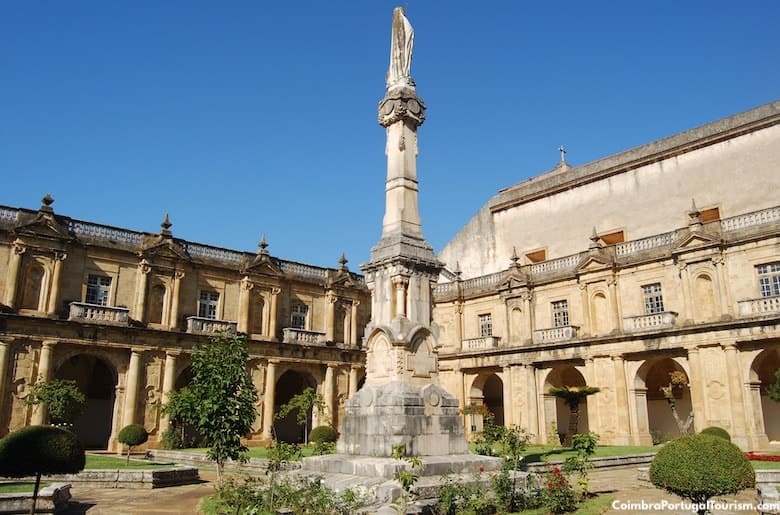
When the old (“velha”) Santa Clara Monastery started flooding and sinking, it was decided that a new (“nova”) Santa Clara monastery had to be built. The chosen site wasn’t very far, at the top of a hill, so there would never be a problem with flooding. It didn’t recreate the Gothic architecture, and was instead designed in the baroque style of the time. It was dedicated to Queen Saint Isabel, and the church given a magnificent gold-covered altarpiece.
See the Santa Clara-a-Nova Monastery Guide.
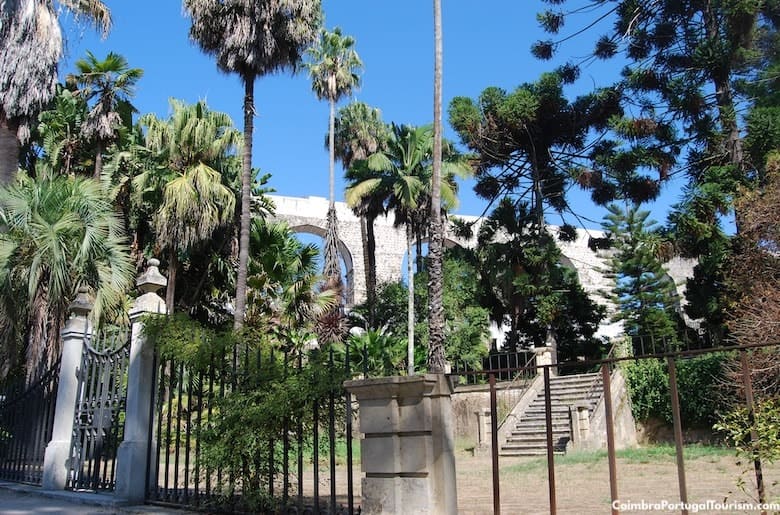
Located down the hill from the university, by a 16th-century aqueduct, this botanical garden was laid out in 1772, and was considered one of the world’s finest. It was used by the university to teach natural history and medicine, and has hundreds of rare and exotic plants from around the world. There’s also a greenhouse added in 1859, which was one of the first iron-and-glass buildings in Portugal.
See the Botanical Garden Guide.